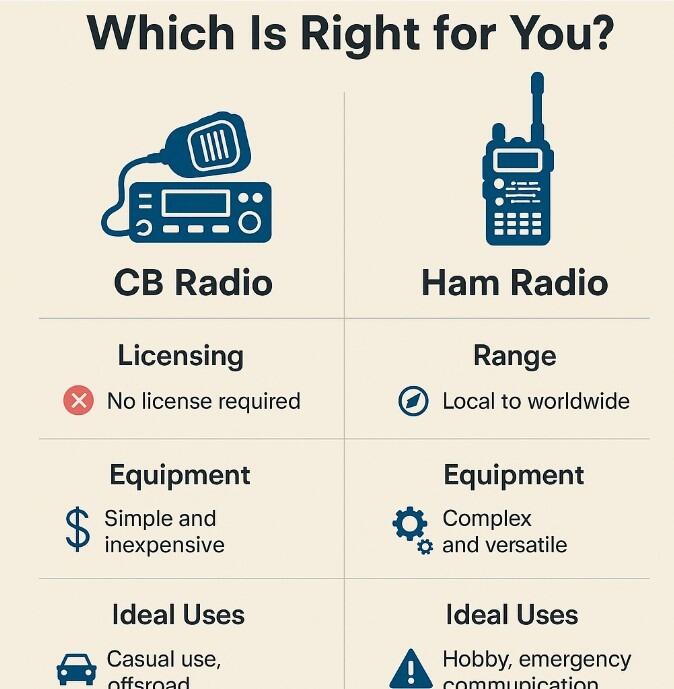Indian astronaut Shubhanshu Shukla interacted with students using a ham radio from the International Space Station (ISS) on July 4, 2025. This event highlights the importance of ham radio communication, a licensed radio service that relies on radio waves for establishing communication.
About Ham Radio:
Ham radio, officially known as amateur radio, is a licensed non-commercial communication service that relies on radio waves for two-way communication.
Key Features:
- Purpose: Used for educational outreach, scientific research, and emergency communication.
- Operation: Requires a dedicated frequency, a transceiver, and an antenna. Only licensed individuals (called “hams”) can operate it.
- Eligibility in India: Any person above the age of 12 can apply for a licence, issued by the Ministry of Electronics and IT after passing an exam.
Use of Ham Radio in Space:
Ham radio's relevance in space dates back to 1983, when it was first used aboard a NASA shuttle to connect astronauts with Earth. Since then, it has become an integral part of astronaut-student interactions aboard the ISS through the Amateur Radio on the International Space Station (ARISS) program.
ARISS Objectives:
- Foster STEM education through live interactions.
- Enable global student outreach by astronauts.
- Serve as a backup communication tool onboard the ISS.
Multiple space agencies—including NASA, Roscosmos, ESA, JAXA, and CSA—support ARISS to inspire future scientists and engineers.

Benefits of Ham Radio Communication:
1. Reliability in Emergencies:
o Ham radio has proven essential when conventional communication fails due to wars, earthquakes, cyclones, or floods.
o In India, it has been vital during the 2001 Bhuj earthquake, 2004 tsunami, and 2013 Uttarakhand floods.
2. Educational Value:
o Provides hands-on exposure to physics, electronics, and radio wave propagation.
o Encourages curiosity in young minds and promotes interest in STEM disciplines.
3. Scientific and Experimental Use:
o Allows enthusiasts to experiment with antenna design, signal propagation, and atmospheric science.
Ham radio may seem old-fashioned in today’s age of satellite internet and 5G, but it remains one of the most resilient, low-cost, and accessible technologies for communication — especially during emergencies and in remote areas.
Shubhanshu Shukla’s ISS interaction via ham radio reflects not just a scientific milestone, but also the democratization of space communication — connecting space explorers with students on Earth, sparking curiosity, and showcasing India's innovative outreach in space education.






